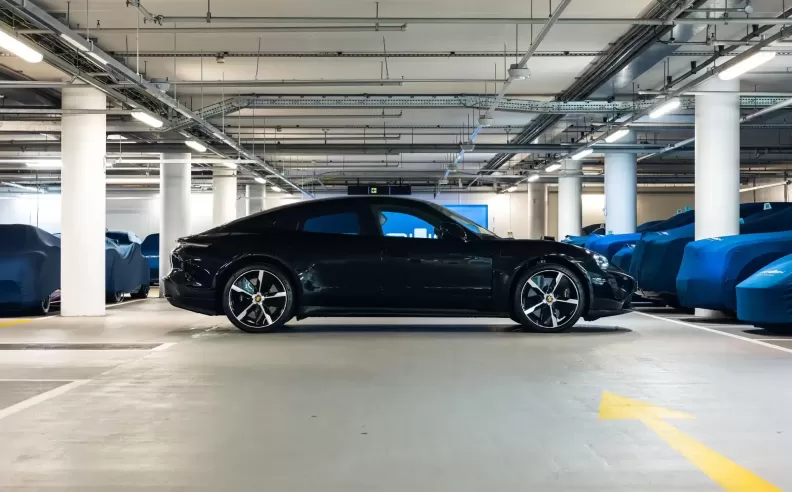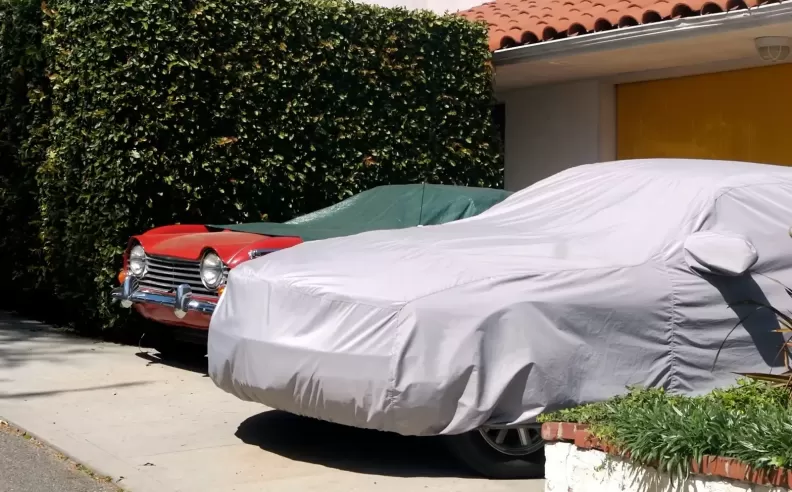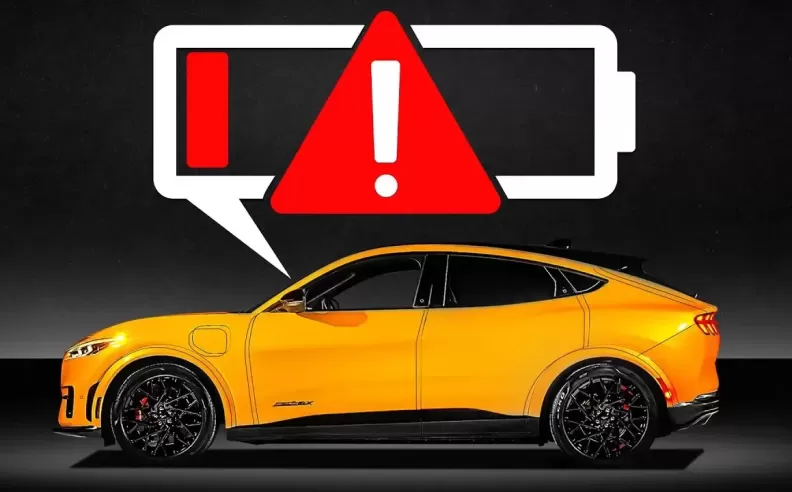
As more people switch to electric vehicles across Saudi Arabia and the Gulf, knowing how to store an EV properly becomes essential. Whether heading on a long vacation or parking your car for an extended break, there are key steps you should follow to protect your EV’s battery, electronics, and body from unnecessary damage. So how do you store your electric car for a long time without risking performance or battery health? Here's everything you need to know.

The battery is the heart of any electric vehicle, and it needs special care during long storage. Instead of leaving the car plugged in or fully charged, experts recommend keeping the battery level between 50 and 70 percent. This range helps preserve the battery’s health and prevents early wear on the cells. Avoid keeping the charger connected the entire time, as that can actually put unnecessary stress on the battery. Instead, monitor the charge every few weeks and top it up slightly if needed.
Picking the right place to store your EV can make a big difference. Hot and humid weather or extreme cold can hurt battery life and damage car components. Ideally, park the vehicle in a dry, enclosed space like a garage or warehouse that maintains stable temperatures. If a covered space is not available, use a high quality weather-resistant cover to protect the car from dust, sunlight, and humidity. These small precautions help protect the battery and body from serious wear.
Before leaving your EV idle for weeks or months, inflate the tires to the manufacturer’s recommended pressure. This prevents tire deformation that may happen when the car sits still for long periods. Also check the brake fluid and coolant levels to ensure they are full and clean. On the inside, clean the cabin thoroughly and remove any leftover food or drinks that might attract pests. A clean exterior also protects the paint from buildup and corrosion.
Make sure your car’s software is up to date before storage. Some updates improve battery efficiency and power management, helping your EV stay healthier longer. Disable any non-essential systems such as motion sensors, Bluetooth, or smart connectivity features that can drain the battery even when the car is off. These small tweaks reduce unnecessary energy loss and make it easier to start up your EV when you're ready to drive again.

Started my career in Automotive Journalism in 2015. Even though I'm a pharmacist, hanging around cars all the time has created a passion for the automotive industry since day 1.
